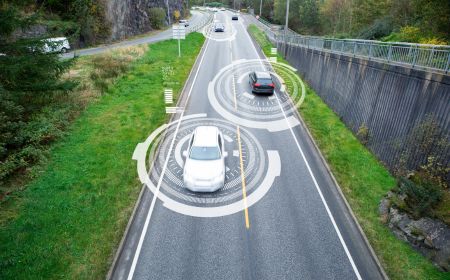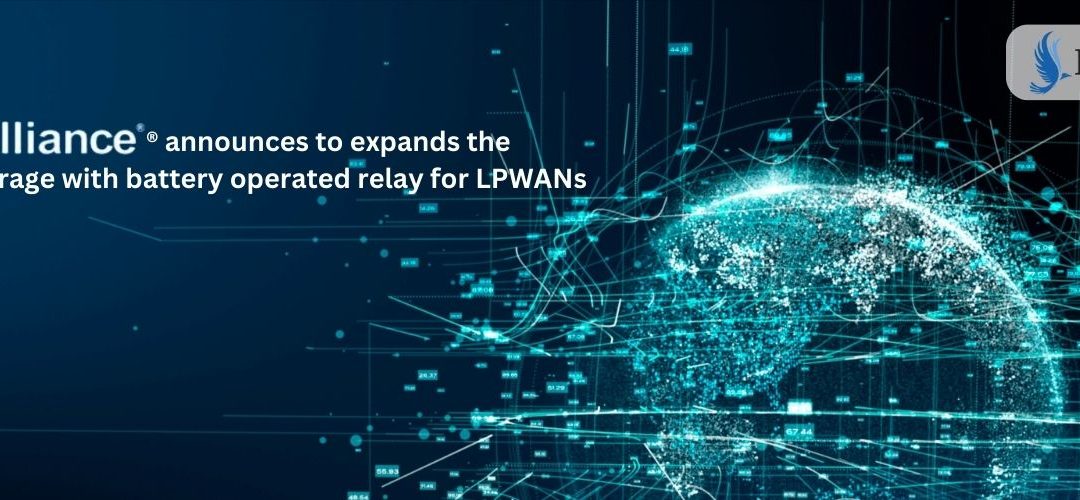LoRa Alliance® announces to expands the coverage with battery operated relay for LPWANs
The LoRa Alliance®, the global community of businesses which supports the open LoRaWAN® standard for internet of things (IoT) low-power wide-area networks (LPWANs) has announced on October 03, to expand the LoRaWAN link-layer standard with the inclusion of a relay specification. A contender approach to achieve robust network coverage in challenging environments will be battery-operated relays that will be easy-to-deploy network coverage extensions at a minimal cost of deploying additional gateways. The battery-operated relay will be low powered, and standards-based approach enabling LoRaWAN to provide exceptional deep interior or subterranean coverage. Furthermore, it will also serve as relay data on nearby satellite-connected LoRaWAN devices.
Donna Moore, CEO and Chairwoman of the LoRa Alliance says “LoRa Alliance members identified that end users in specific markets needed a solution to achieve full network coverage due to environmental challenges surrounding their deployments.” She added: “With relay, we’re providing a standardized solution that allows for full end-to-end communications in extremely challenging underground, metal and concrete environments where sensor signals could use a boost or redirect to reach either the gateway or end-device.” It is estimated that with the adoption of relay in metering the utilities for LPWAN communication services will generate the revenue upto $2.47 billion by 2025. Ideal use case application for relay. The inclusion of relay to the LoRaWAN standard to accomplish coverage for even the most extreme circumstances (e.g., meters inside metal closets) significantly strengthens LoRaWAN’s market position in metering and utilities, as well as across key verticals such as smart cities and buildings and industrial IoT. Relay is perfect for any solution that monitors static assets in harsh settings.


Although the LoRaWAN standard has establish itself for long-distance communications but there might be physical constraints where LPWAN communications may not reach(it includes turns, underground). The signal can be be reflected/relayed into a specified area. However, LoRaWAN relays now enable signals to travel where they could not previously. The document LoRaWAN TS011-1.0.0 LoRaWAN Relay Specification outlines the relaying technique used to carry LoRaWAN frames bi-directionally between an end-device and a gateway/network server through a battery-powered node. In case of gateway’s insufficient coverage, the device can be set to relay, it will transport LoRaWAN frames between an end-device and the network.
This specification allows network coverage expansion using battery-powered relay while retaining protocol and security compatible with the LoRaWAN Link-Layer standard. The new relay nodes are battery-powered and can be deployed anywhere without the necessity of electricity or internet access making them relatively simple, cost-effective, and power efficient approach to enhance network coverage without the requirement for additional gateways.


